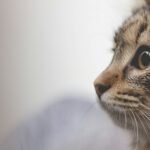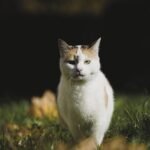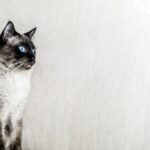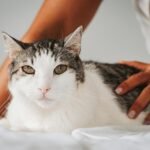You’ve probably noticed it dozens of times when your furry friend nuzzles against your hand. Sometimes your cat’s nose feels cool and damp, while other times it feels warm and completely . This simple observation might leave you wondering whether something’s wrong with your feline companion. The truth about cat noses might surprise you more than you’d expect.
A healthy cat’s nose can vary between wet and several times over the course of a day, and this natural fluctuation is completely normal. Understanding why your cat’s nose changes throughout the day will help you better monitor their health and recognize when something actually needs your attention.
Understanding Your Cat’s Normal Nose Function
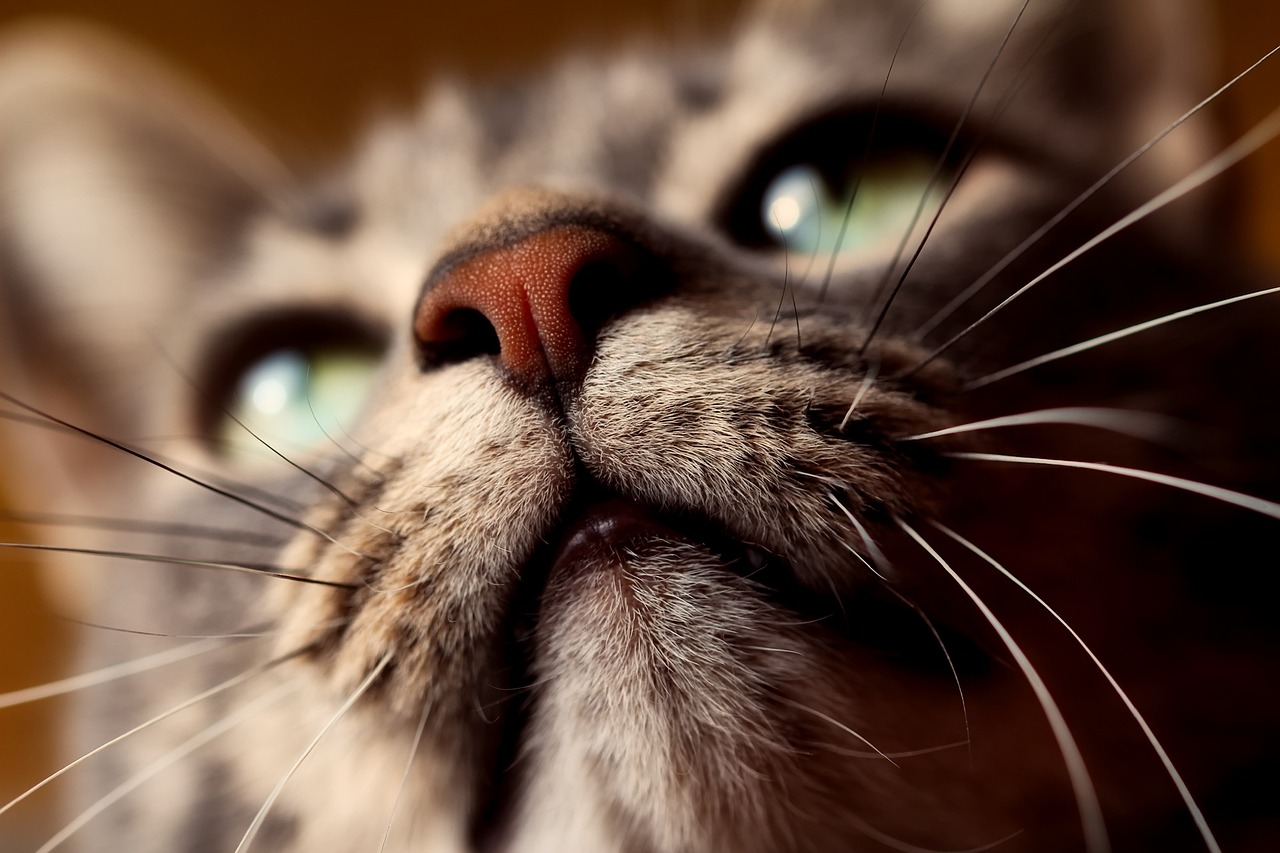
The nose is wet due to a combination of secretions from different glands including serous, lacrimal and salivary glands. Your cat’s nose serves multiple vital purposes beyond just breathing. Additionally, some of that outer nasal dampness is due to drainage from your cat’s lower tear duct. The benefit of having a wet nose is that it enhances a cat’s sense of smell, which is already quite remarkable. The dampness traps and holds onto scent particles so cats can really get a good whiff of something.
Cats have around 45-80 million scent receptors–fewer than most dogs but much more than humans! This incredible olfactory system helps them navigate their world, identify threats, find food, and communicate with other cats. When moisture is present on their nose, it actually amplifies these already impressive abilities by capturing scent molecules more effectively.
Temperature Regulation Through Your Cat’s Nose
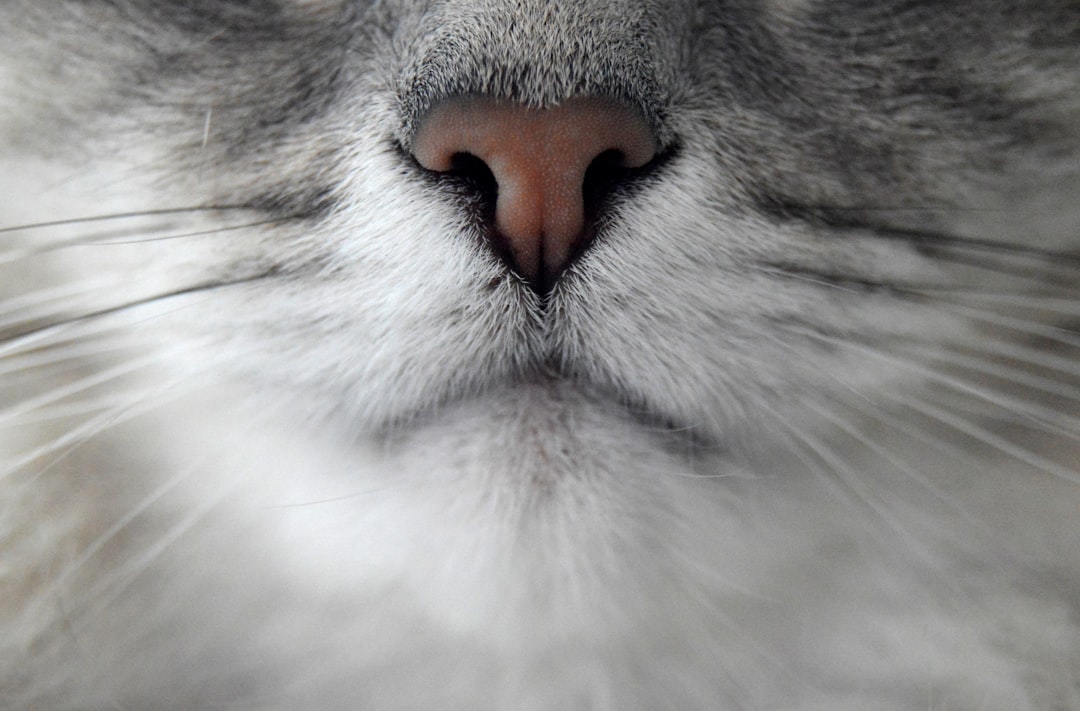
That wetness on your cat’s nose is mostly made up of sweat, which helps them stay cool. Cats don’t sweat all over their bodies like we do, so their noses perform an important function when it comes to regulating their body temperature. Think of your cat’s nose as a tiny air conditioning unit that helps maintain their internal temperature.
Their wet noses can aid in regulating body temperature. When a cat is hot, the moisture on its nose can evaporate and provide a cooling effect. They also sweat through their paw pads, which is why your cat might leave wet footprints on a rather hot day. This specialized cooling system explains why you might notice your cat’s nose becoming particularly moist during warmer weather or after they’ve been active.
Common Reasons for a Dry Cat Nose
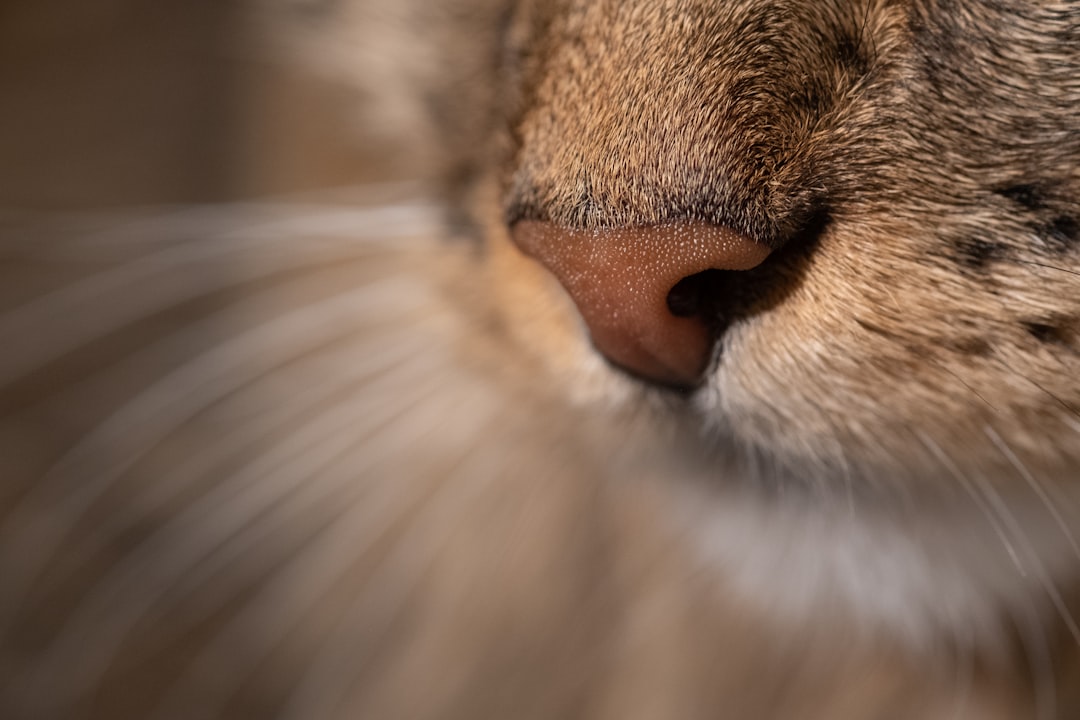
There are several reasons why your cat’s nose may be dry: He is warm. Most cats love to lie somewhere warm to snooze the day away, whether it be in a sunny spot in summer, or by the fire in winter, cats love warmth. It’s normal for a cat that has just woken up to have a dry nose. A dry nose is expected if the cat sunbathes or sleeps near an air vent or heat source.
Environmental factors play a huge role in your cat’s nose moisture levels. The level of humidity in the air can also impact the nose. Is your house dry or humid? This could make their nose drier or wetter, depending on the environment. Low humidity in your home, especially during winter months when heating systems are running, can easily dry out your cat’s nose.
Environmental Factors Affecting Nose Moisture
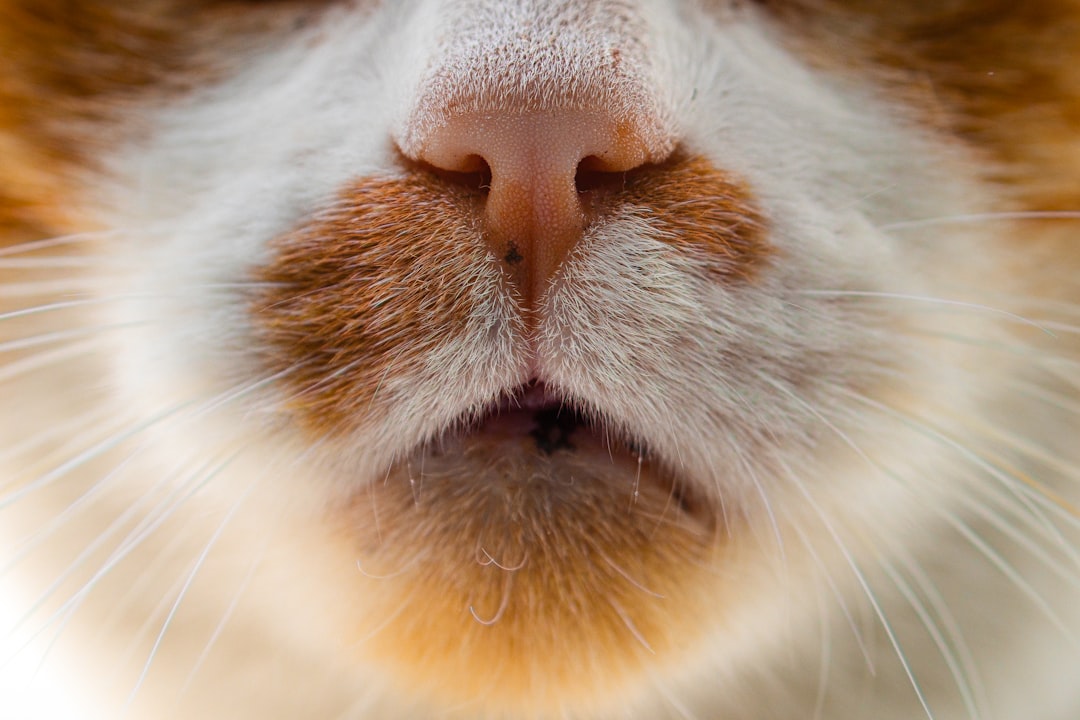
However, if kitty is soaking up a sunbeam or blocking the fan on the heater, her nose can easily change to dry and warm. Whereas if she’s outside on a brisk fall morning, her nose might be cool and dry. The environment has a lot of impact on how your cat’s nose is feeling. Your home’s heating and cooling systems, seasonal changes, and even the time of day can influence how your cat’s nose feels.
Although a dry nose can be normal for some cats, it’s worth checking that the temperature in the house isn’t too high. You can also offer beds in locations away from heat sources like radiators. Consider providing your cat with multiple resting spots throughout your home, including some away from direct heat sources, so they can self-regulate their comfort level.
Individual Variations Among Cats
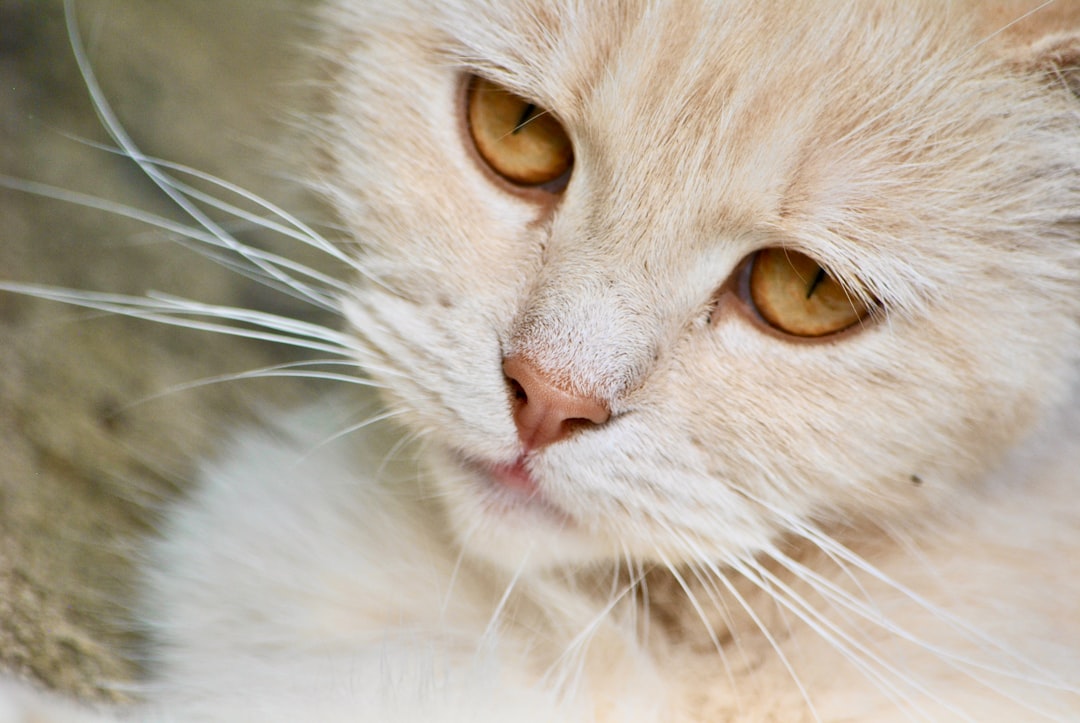
Each cat’s nose is unique, so not all cat noses have obvious wetness to them. Just like humans have different skin types, cats have individual variations in their nose moisture levels. I’ve seen many perfectly healthy cats that just happen to have a dry nose, explains one veterinarian.
It can also be normal for your cat to have a wet nose, and they may go from having a dry nose to a wet nose and back again several times in a single day! You will come to know what is normal for your cat, but if you are concerned about your cat’s nose, the best thing to do is contact your veterinarian for advice. Getting familiar with your cat’s baseline will help you recognize when something truly unusual is happening.
Grooming Behaviors and ness
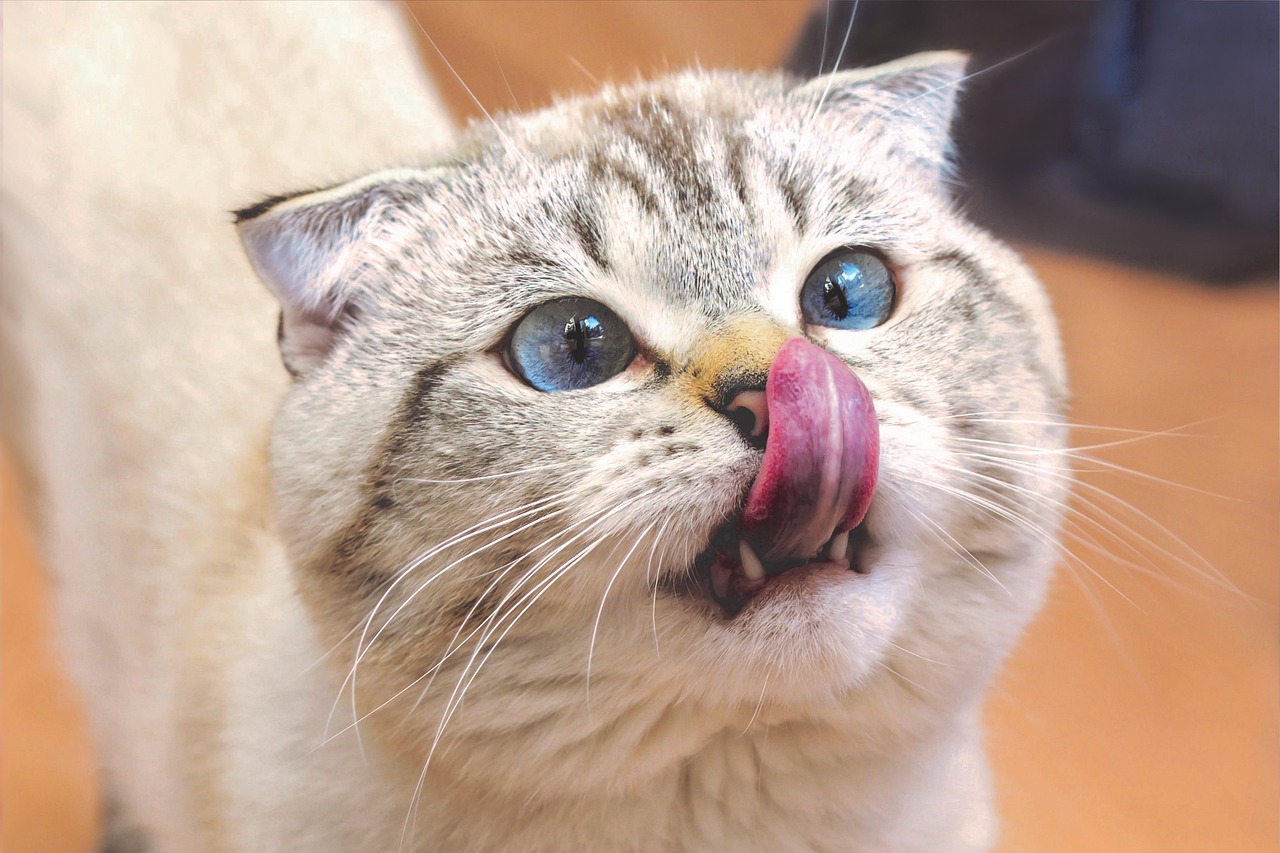
Cats tend to lick their noses (amongst other things).This can remove the natural moisture and cause their nose to feel dry. Your cat’s natural grooming habits can actually contribute to ness in unexpected ways. Cats naturally lick their noses, but if they start licking more than normal as they try to remove the extra discharge they can sometimes actually make their rather than wet. Saliva dries quickly, and by constantly licking cats remove the natural moisture, which can lead to the confusing situation of a dry nose despite the excessive discharge in some cases.
This creates an interesting paradox where excessive grooming, intended to clean and moisten the nose, can actually result in dryness. Understanding this natural behavior helps explain why your cat’s nose moisture can change so dramatically throughout the day.
When Dry Nose Indicates Health Concerns
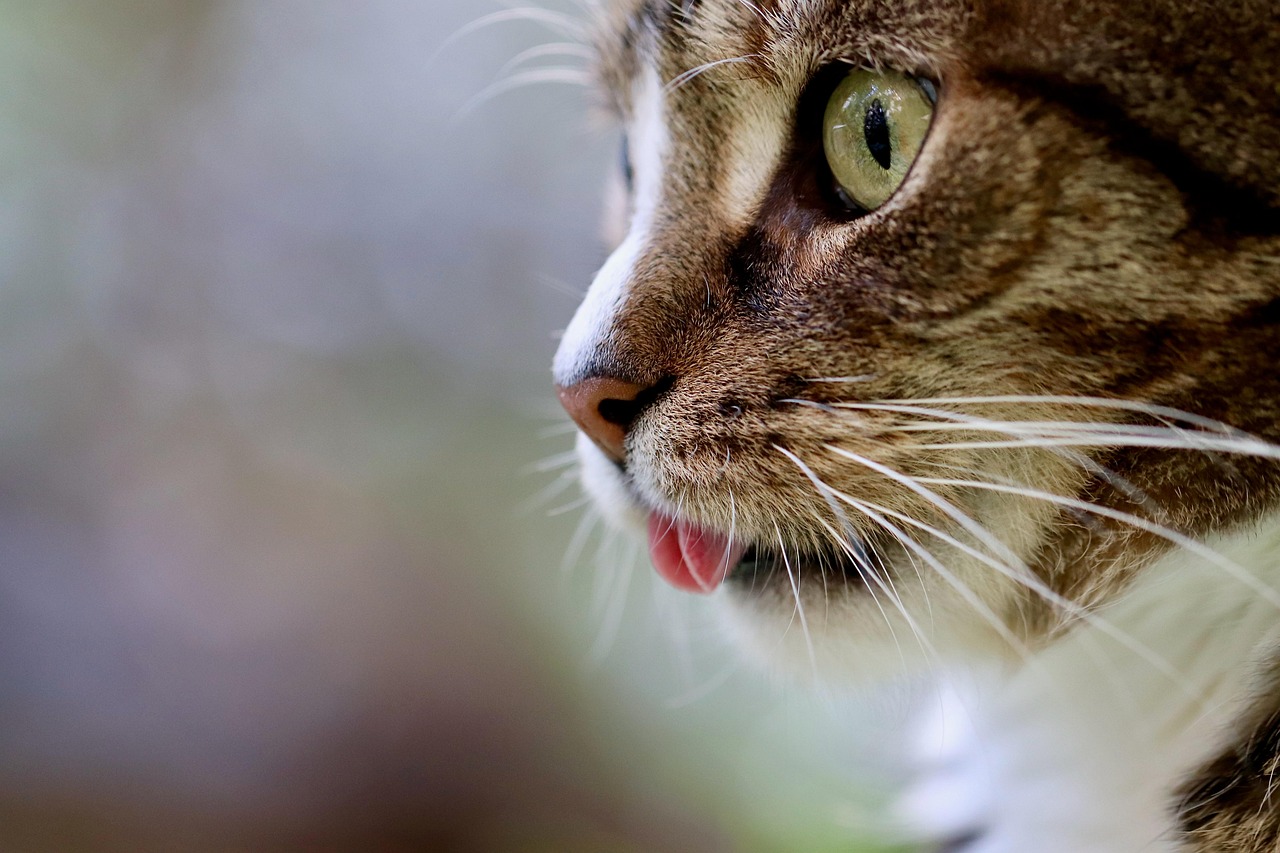
What to do if my cat has a dry nose and is not eating? If your cat has a dry nose and is not eating, schedule a vet visit. Seeing the veterinarian is even more important if the cat shows additional signs, such as lethargy, fever, vomiting, diarrhea, and coughing. A dry nose alone rarely indicates serious illness, but combined with other symptoms, it becomes more concerning.
However, when a cat has an overly dry nose or one whose skin is cracked or flaking, the cause is dehydration, resulting from either decreased water intake or increased fluid loss. If you think your kitty is suffering from dehydration, bring her to the vet. Other signs of dehydration include: sunken eyes, dry mouth, elevated heart rate, skin elasticity, lethargy, depression, loss of appetite and panting. Severe dryness with cracking or flaking suggests more serious underlying issues that need veterinary attention.
Maintaining Your Cat’s Nasal Health
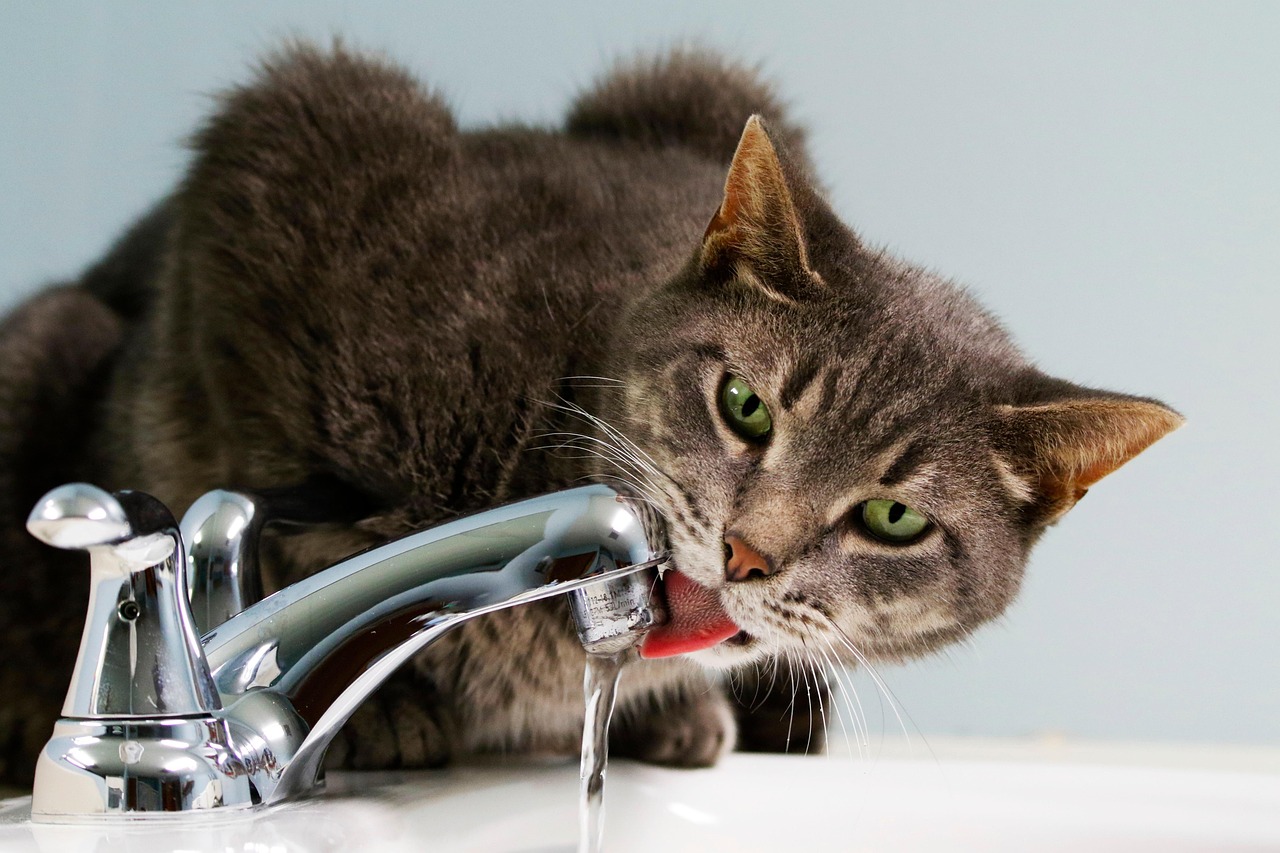
Always ensure your cat has plenty of clean, filled water bowls (and ideally a water fountain) to encourage them to stay hydrated. Keep your cat up to date with their vaccinations against the respiratory viruses that cause cat flu, and schedule regular checkups with your vet to monitor their general health. Prevention remains your best strategy for maintaining your cat’s overall health, including their nasal well-being.
To avoid dehydration, there are several things you can do for your kitty: Avoid kibble – it contains little to no moisture. Opt for wet or raw food instead. Provide access to clean, fresh water all the time (and refresh it regularly). Consider a water fountain – cats are naturally drawn to the sound of running water, so a fountain can be a great tool to encourage sipping during the day. These simple steps can help ensure your cat stays properly hydrated and maintains healthy nasal function.
Taking your cat’s temperature is the only accurate method of identifying a fever. The nose being cold or dry is simply not reliable. While monitoring your cat’s nose can provide useful information, remember that it’s just one piece of the health puzzle. Focus on your cat’s overall behavior, appetite, and energy levels for a more complete picture of their well-being.
Understanding your cat’s nose helps you become a more informed pet parent, though you shouldn’t panic over normal variations in moisture levels. What do you think about these insights into your feline friend’s fascinating nose? Tell us in the comments.



